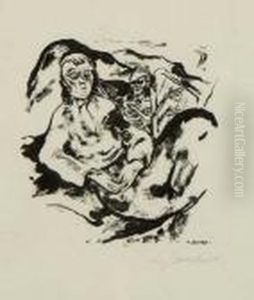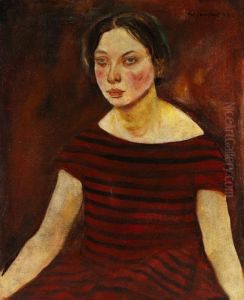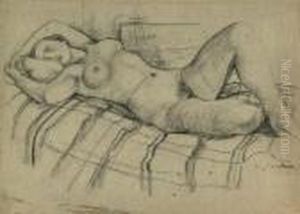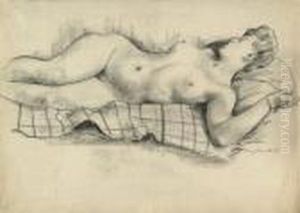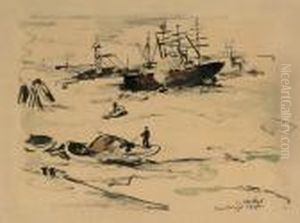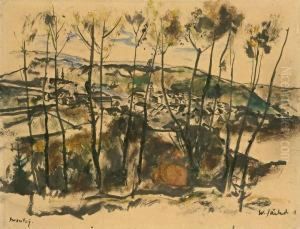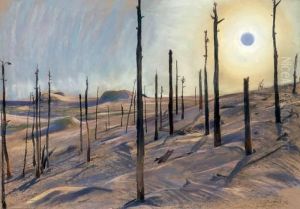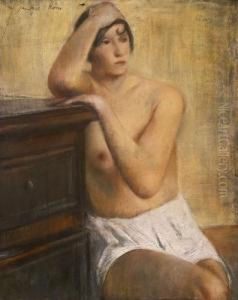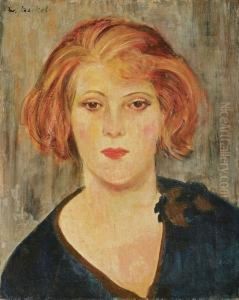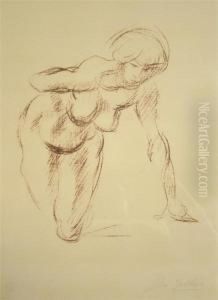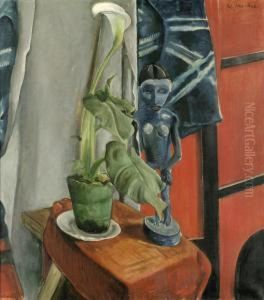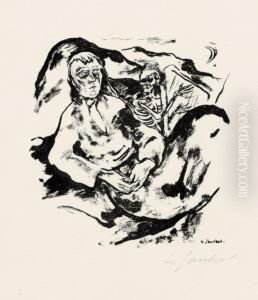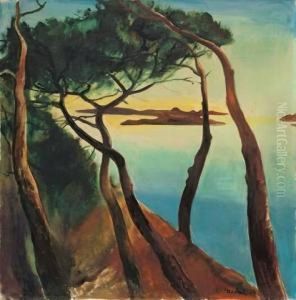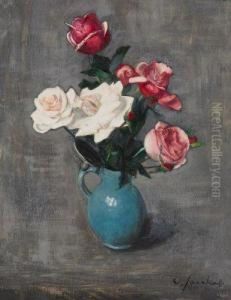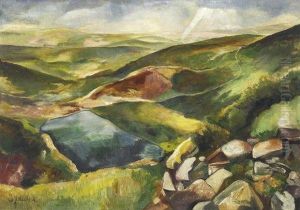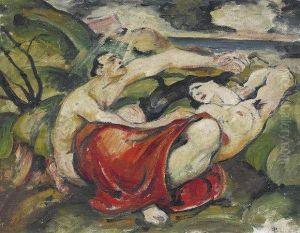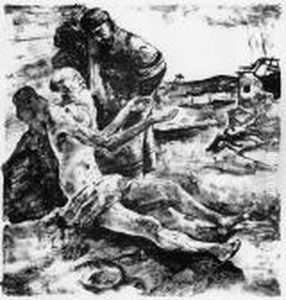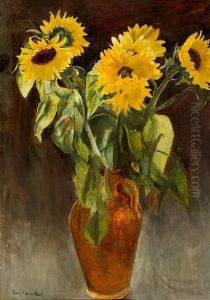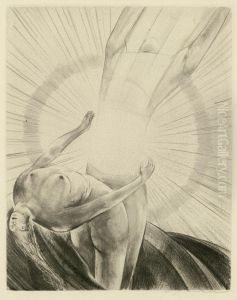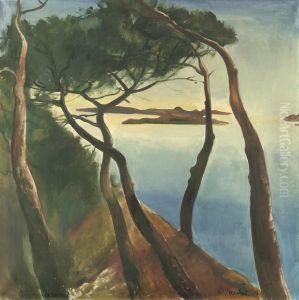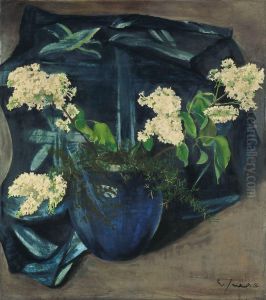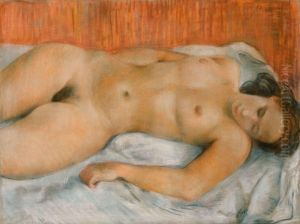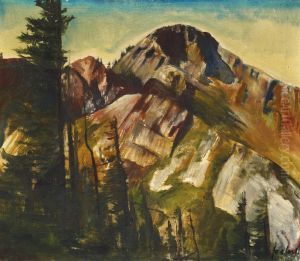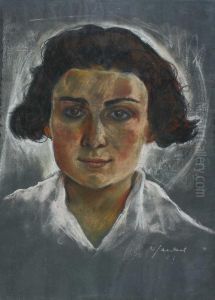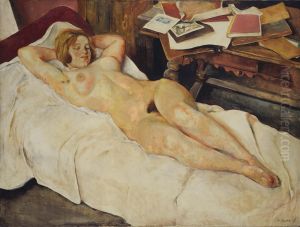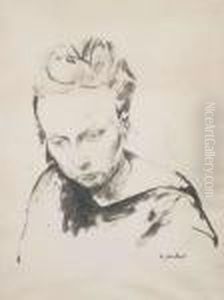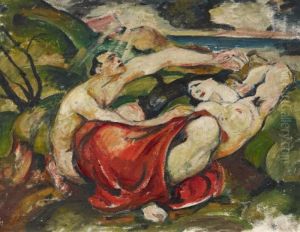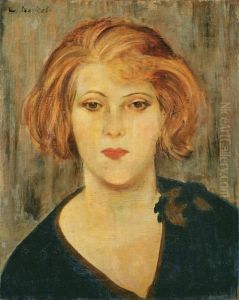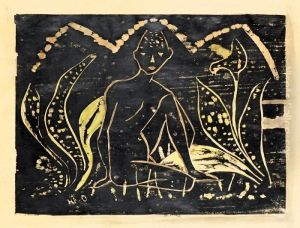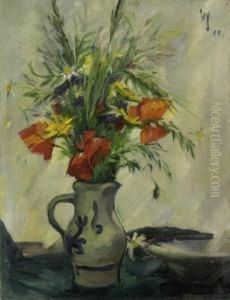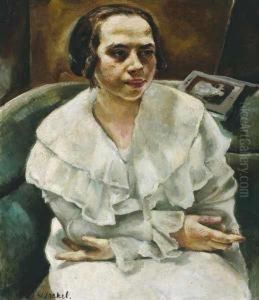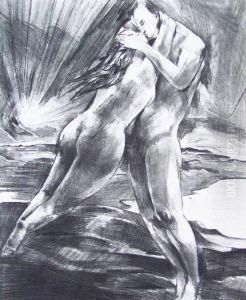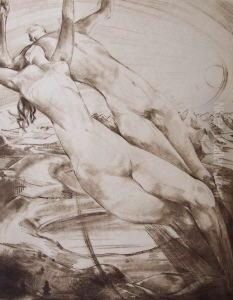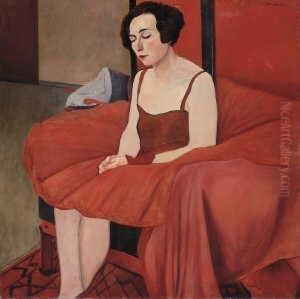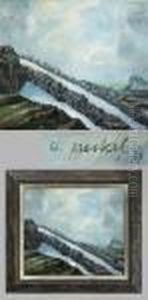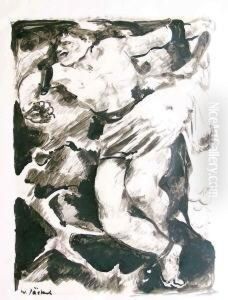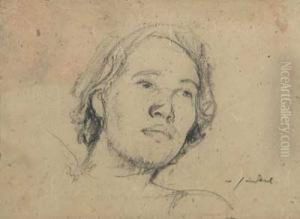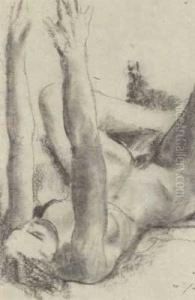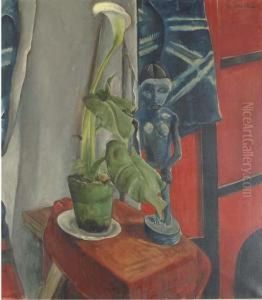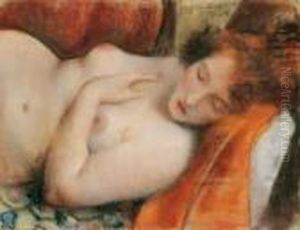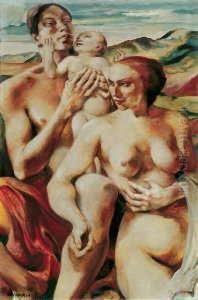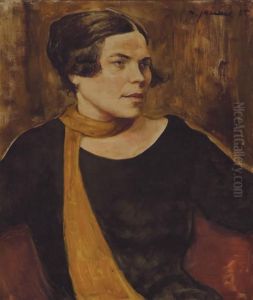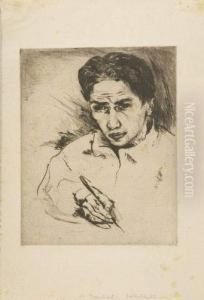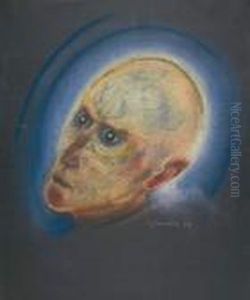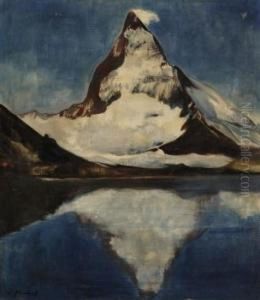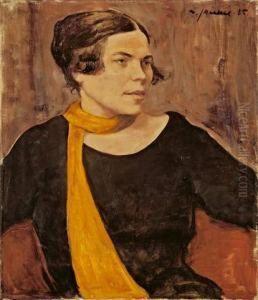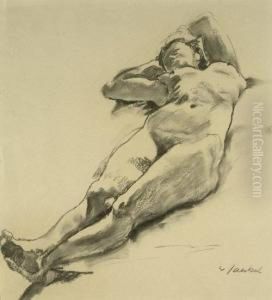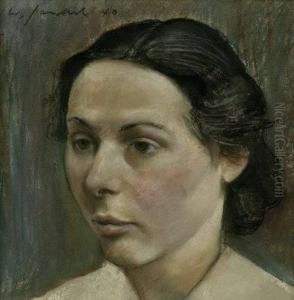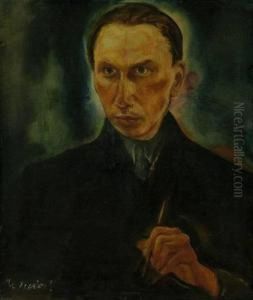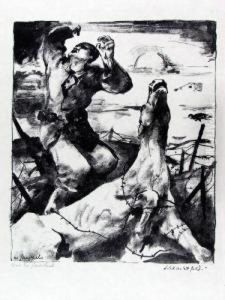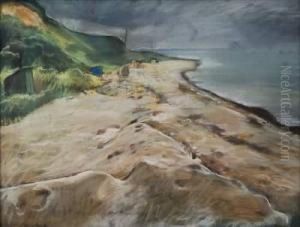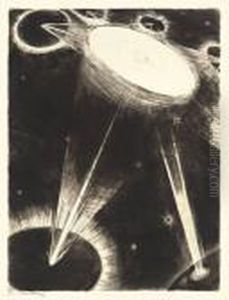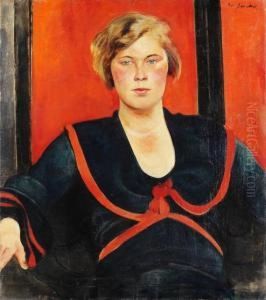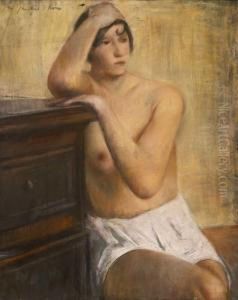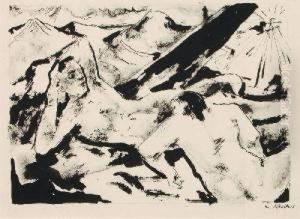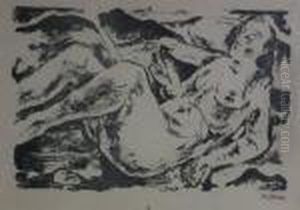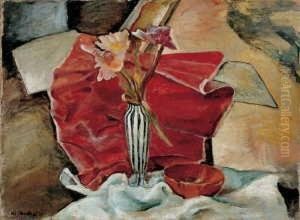Willy Jaeckel Paintings
Willy Jaeckel was a German painter and one of the lesser-known exponents of Expressionism and New Objectivity. Born on February 10, 1888, in Breslau, which is now Wrocław, Poland, Jaeckel showed an early interest in art. He studied at the Royal Art and Vocational School in Breslau before moving to Berlin, where he continued his education at the Berlin University of the Arts.
Jaeckel's early work was influenced by Impressionism, but he later adopted a more Expressionistic style characterized by vivid colors and dramatic forms. His subjects ranged from landscapes to portraits and figure studies, often with a sense of melancholy or introspection.
During World War I, Jaeckel served as a war artist, which had a profound impact on his work. The horrors he witnessed influenced his subsequent paintings, which became more somber and introspective. After the war, he became associated with the New Objectivity movement, which sought to depict the realities of life with a sense of sober realism and often a critical edge. However, Jaeckel's style remained distinct and did not fully conform to the movement's conventions.
Throughout his career, Jaeckel participated in numerous exhibitions and was a member of various artist groups. His work was well regarded in Germany, and he was appointed a professor at the State School of Free and Applied Art in Berlin in 1925.
Tragically, Jaeckel's life and career were cut short when he died in an air raid during World War II, on January 30, 1944, in Berlin. Although his work is not as widely recognized as some of his contemporaries, Jaeckel's contribution to German art in the early 20th century remains significant. His paintings can be found in various art collections and museums in Germany and beyond.
